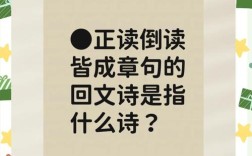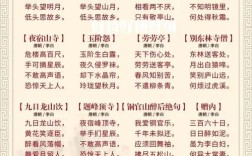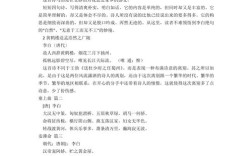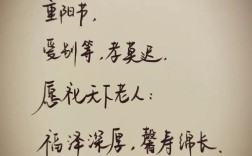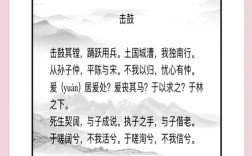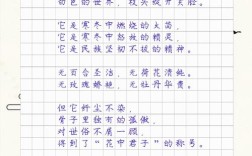Celebrating Childhood: A Collection of English Poems for Children's Day
Children's Day is a time to honor the innocence, joy, and boundless imagination of young minds. Poetry, with its rhythmic beauty and expressive power, serves as a perfect medium to capture the essence of childhood. This article explores a selection of English poems ideal for Children's Day, delving into their origins, authors, creative inspirations, and literary techniques. Whether you're an educator, parent, or poetry enthusiast, this guide will help you appreciate and share these timeless verses.
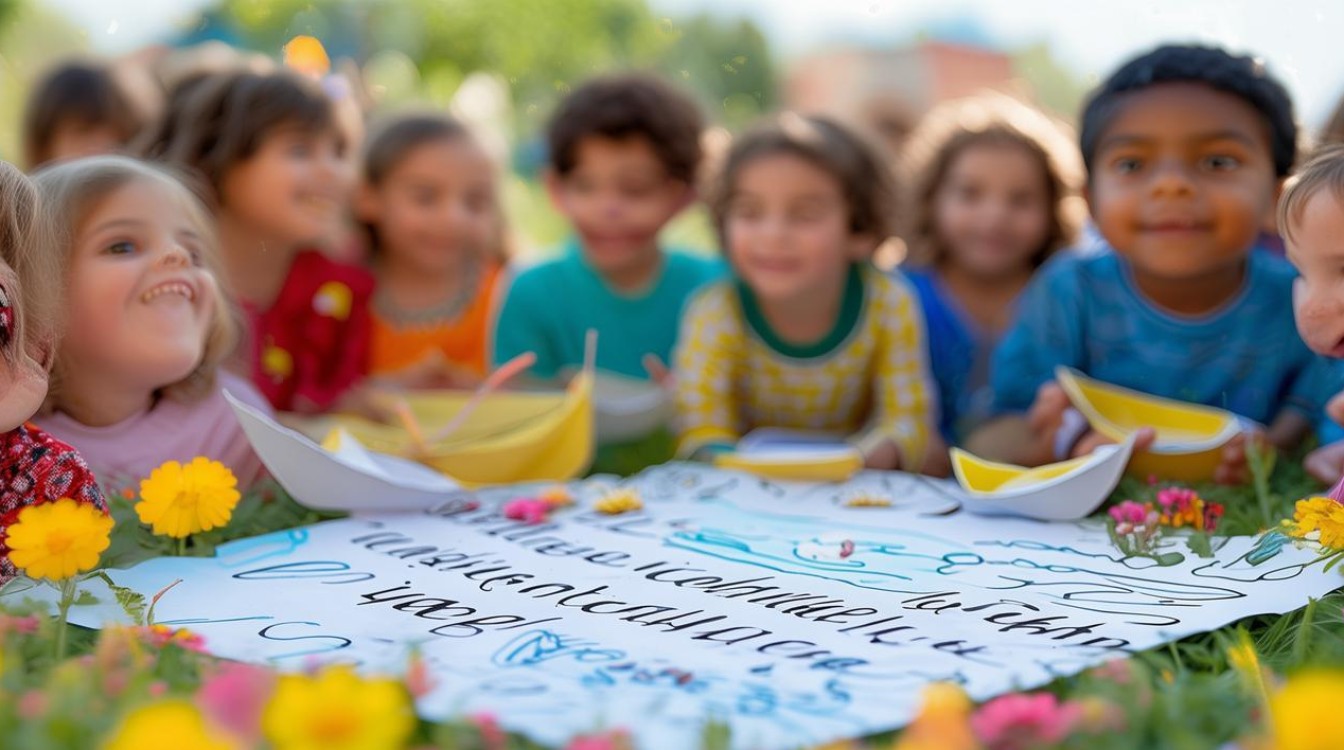
The Magic of Children's Poetry
Poetry for children often blends simplicity with creativity, using vivid imagery and playful language to engage young readers. Many classic children's poems have endured for generations, resonating with both kids and adults. Below are some notable works that celebrate childhood, along with insights into their creation and significance.
"The Rainbow" by Christina Rossetti
Origin & Author:
Christina Rossetti (1830–1894), a prominent Victorian poet, wrote this charming verse as part of her collection Sing-Song: A Nursery Rhyme Book (1872). Rossetti's poetry often explored themes of nature, love, and spirituality, making her work accessible to young readers.
Creative Inspiration:
"The Rainbow" captures the wonder of nature through a child's eyes. The poem personifies the rainbow as a bridge between earth and sky, evoking curiosity and delight. Rossetti's gentle rhythm and rhyming structure make it easy for children to recite and remember.
Literary Techniques:
- Personification: The rainbow "bends" like a bridge, giving it a playful, almost human quality.
- Rhyme Scheme: The AABB pattern creates a musical flow.
- Imagery: Vivid descriptions ("boats sail on the rivers") stimulate a child’s imagination.
How to Use It:
- Read-Aloud Activity: Encourage children to recite the poem while drawing their own rainbows.
- Discussion Prompt: Ask kids what colors they see in a rainbow and what they imagine at its end.
"At the Zoo" by William Makepeace Thackeray
Origin & Author:
William Makepeace Thackeray (1811–1863), best known for his novel Vanity Fair, also penned lighthearted verses for children. "At the Zoo" appears in his collection The Rose and the Ring (1855), blending humor and whimsy.
Creative Inspiration:
Thackeray wrote this poem as a playful observation of animals, mimicking a child’s excited narration during a zoo visit. The exaggerated descriptions ("the elephant is very wise") add a touch of comedy.
Literary Techniques:
- Hyperbole: Animals are described in exaggerated ways for humorous effect.
- Alliteration: Phrases like "sly old fox" enhance the poem’s rhythm.
- Dialogue Style: The poem feels like a child speaking, making it relatable.
How to Use It:
- Interactive Reading: Have children mimic animal sounds as they read.
- Creative Writing: Ask them to write their own funny animal poem.
"The Swing" by Robert Louis Stevenson
Origin & Author:
Robert Louis Stevenson (1850–1894), famous for Treasure Island and Kidnapped, also wrote A Child’s Garden of Verses (1885), a beloved collection of children’s poetry. "The Swing" remains one of its most iconic pieces.
Creative Inspiration:
Stevenson drew from his own childhood memories of play and adventure. The poem perfectly captures the exhilarating feeling of swinging high, where the world seems both vast and magical.
Literary Techniques:
- Sensory Language: Words like "up in the air" and "rivers and trees" create vivid mental pictures.
- Repetition: The phrase "How do you like to go up in a swing?" reinforces the joyful rhythm.
- Perspective Shift: The poem shifts from a grounded view to an aerial one, mimicking the swing’s motion.
How to Use It:
- Movement Activity: Pair the poem with actual swinging or swaying motions.
- Art Project: Have children illustrate their own "swing’s-eye view" of the world.
"Now We Are Six" by A.A. Milne
Origin & Author:
A.A. Milne (1882–1956), creator of Winnie-the-Pooh, wrote this poem as part of Now We Are Six (1927), a collection celebrating early childhood. The book’s gentle humor and warmth reflect Milne’s deep understanding of children’s perspectives.
Creative Inspiration:
Milne wrote these poems for his son, Christopher Robin, infusing them with a child’s voice and logic. "Now We Are Six" humorously declares the newfound wisdom of being six years old.
Literary Techniques:
- Childlike Diction: Simple, direct language mimics a child’s speech.
- Humor Through Irony: The poem jokes about how "clever" six-year-olds are compared to their younger selves.
- Rhythmic Cadence: Short lines and repetition make it easy to memorize.
How to Use It:
- Birthday Celebrations: Read it for children turning six.
- Self-Reflection: Ask kids what they’ve learned since they were "five" or "four."
"Dreams" by Langston Hughes
Origin & Author:
Langston Hughes (1902–1967), a key figure in the Harlem Renaissance, wrote this short but powerful poem as part of his broader work celebrating hope and resilience. Though not exclusively for children, its message is universal.
Creative Inspiration:
Hughes often wrote about dreams as a metaphor for aspirations. This poem encourages young readers to hold onto their dreams despite challenges.
Literary Techniques:
- Metaphor: Compares life without dreams to a "broken-winged bird."
- Simplicity: Concise language makes it accessible to all ages.
- Rhythm & Repetition: The repeated structure reinforces its motivational tone.
How to Use It:
- Inspirational Discussion: Talk about what dreams mean to children.
- Art Expression: Have kids draw or write about their own dreams.
Bringing Poetry to Life on Children’s Day
Poetry can make Children’s Day celebrations more meaningful. Here are some engaging ways to incorporate these poems:
- Poetry Recitals: Organize a classroom or family event where children perform their favorite verses.
- Illustrated Books: Create handmade books pairing poems with children’s drawings.
- Interactive Games: Turn poems into guessing games (e.g., "Which animal is this poem about?").
The beauty of children’s poetry lies in its ability to spark imagination, teach language skills, and foster emotional connections. By introducing young readers to these timeless works, we keep the magic of childhood alive—one verse at a time.
Poetry is not just about words; it’s about the laughter, dreams, and boundless curiosity that define childhood. This Children’s Day, let these poems remind us of the wonder that lives in every young heart.

